🎯 RollPros Blackbird Calibration Guide 🌀 Perfect Fill, Perfect Roll, Every Time

So you've invested in a RollPros™ Blackbird automated pre-roll joint rolling machine—congratulations! 🎉 You're now part of the elite club of producers who understand that consistency, speed, and quality aren't just nice-to-haves; they're absolute necessities in today's competitive market. But here's the truth that separates amateur operations from professional powerhouses: your machine is only as good as its calibration. Whether you're running automated pre-roll joint rolling machine consumables (RollPros™ Blackbird compatible) like custom rolling paper bobbins, custom filter tips, or upgrading to premium custom glass tips, proper calibration is the secret sauce that transforms your Blackbird from a fancy machine into a profit-generating beast. 💰 In this comprehensive guide, we're diving deep into every calibration trick, troubleshooting hack, and pro tip you need to achieve perfect fills and flawless rolls—every single time. Let's get your production line dialed in! 🔧✨
📋 Table of Contents
- 🎯 Why Calibration Matters for Your RollPros Blackbird
- 🧩 Understanding Your Automated Pre-Roll Machine Consumables
- ✅ Pre-Calibration Checklist: Setting Yourself Up for Success
- 📜 Calibrating Custom Rolling Paper Bobbins
- 🔵 Dialing In Custom Filter Tips
- 💎 Premium Calibration: Custom Glass Tips
- ⚖️ Mastering Fill Weight Adjustments
- 🔨 Compression Settings: The Goldilocks Zone
- 🛠️ Troubleshooting Common Calibration Issues
- 🧼 Maintenance Tips to Keep Calibration Consistent
- 🔍 Quality Control: Testing Your Calibration
- ❓ Frequently Asked Questions
🎯 Why Calibration Matters for Your RollPros Blackbird
Listen, we get it. You didn't buy an automated pre-roll joint rolling machine to spend hours tweaking settings. You bought it to crank out consistent, high-quality pre-rolls at scale. But here's the reality check: even the most advanced machines need proper calibration to perform at their peak. 🚀
Think of calibration as the difference between a race car with factory settings versus one that's been tuned by a professional pit crew. Sure, both will run, but only one will win races. Proper calibration of your automated pre-roll joint rolling machine consumables (RollPros™ Blackbird compatible) ensures:
🎪 Consistency Across Every Single Roll: No more variance between pre-rolls. Every customer gets the exact same premium experience, which builds brand loyalty and reduces returns.
💸 Cost Efficiency: Proper calibration minimizes material waste. When you're running thousands of units, even small improvements in material efficiency can translate to thousands of dollars saved annually.
⚡ Production Speed Optimization: A well-calibrated machine runs faster with fewer jams, rejects, and downtime. Time is money, and downtime is expensive.
🏆 Product Quality: Calibration affects everything from draw resistance to burn rate to overall aesthetic appeal. Premium products demand premium calibration.
📊 Compliance and Accuracy: Many jurisdictions require precise fill weights. Calibration ensures you're hitting target weights consistently, keeping you compliant and avoiding costly regulatory issues.
🧩 Understanding Your Automated Pre-Roll Machine Consumables
Before we dive into calibration specifics, let's break down the three critical consumables that make your RollPros Blackbird sing. Understanding how each component affects the final product is crucial for effective calibration. 🎼
📜 Custom Rolling Paper Bobbins
Your custom rolling paper bobbins are the foundation of every pre-roll. These aren't just any rolling papers—they're precision-wound bobbins designed specifically for automated machinery. The paper thickness, width, length, and adhesive properties all play crucial roles in how your machine performs. Using RollPros™ Blackbird compatible paper bobbins ensures proper tension, feed rate, and sealing characteristics. Different paper weights (like 13gsm ultra-thin versus 18gsm premium) require different calibration settings for optimal results. 📏
🔵 Custom Filter Tips
Custom filter tips serve as both functional components and branding opportunities. Whether you're using standard paper filters with custom prints or specialty filters, these little guys affect draw resistance, structural integrity, and overall smoking experience. The diameter, length, and firmness of your filter tips must be calibrated to match your paper bobbins and filling mechanism. Too tight and you'll have restricted airflow; too loose and you risk loose, unstable pre-rolls. Finding that sweet spot is calibration gold. 🥇
💎 Custom Glass Tips
Want to level up your pre-roll game? Custom glass tips are the premium choice for discerning consumers who appreciate quality. These reusable, heat-resistant tips provide superior airflow, don't impact flavor, and add a touch of luxury to your product. However, glass tips require special calibration considerations due to their rigid nature and different dimensional tolerances compared to paper filters. The payoff? A premium product that commands higher prices and creates loyal customers. The glass tip market is exploding, and proper calibration is your ticket to capitalizing on this trend. 🌟
✅ Pre-Calibration Checklist: Setting Yourself Up for Success
Before you touch a single dial or adjustment screw, proper preparation is essential. Think of this as your pre-flight checklist—skip steps at your own peril. ✈️
🧹 Clean Machine: Remove all debris, residual material, and buildup from previous runs. A clean machine calibrates more accurately and consistently.
🔧 Inspect Components: Check all mechanical components for wear, damage, or looseness. Tighten any loose screws or fittings. Replace worn parts before calibrating.
📦 Verify Consumable Compatibility: Ensure your automated pre-roll joint rolling machine consumables are genuinely RollPros™ Blackbird compatible. Check specifications against your machine requirements.
⚖️ Calibrate Your Scale: You'll need an accurate scale for testing fill weights. Calibrate it with a known weight before starting.
📝 Document Current Settings: Write down all current machine settings before making changes. This gives you a baseline to return to if needed.
🌡️ Environmental Control: Humidity and temperature affect material behavior. Try to maintain consistent environmental conditions during calibration (50-60% humidity, 65-75°F is ideal).
🎯 Prepare Test Material: Have enough properly ground material ready for multiple test runs. Consistency in your material is crucial for accurate calibration.
📜 Calibrating Custom Rolling Paper Bobbins
Your custom rolling paper bobbins are where calibration begins. Get this right, and everything downstream becomes easier. 🎯
🔄 Step 1: Bobbin Loading and Tension
Load your bobbin according to the manufacturer's specifications, ensuring it's seated properly in the holder. The tension arm should have just enough resistance to prevent free-wheeling but not so much that it causes the paper to tear or feed irregularly. Start with medium tension and adjust from there. A good rule of thumb: you should be able to pull the paper with two fingers using moderate pressure, but it shouldn't unwind freely. 👌
📏 Step 2: Feed Rate Adjustment
The feed rate determines how much paper is dispensed per cycle. Run test cycles without material first to observe paper behavior. The paper should feed smoothly without bunching, wrinkling, or excessive slackness. Adjust the feed rate settings incrementally—small changes make big differences. For thin papers (13gsm), you may need faster feed rates; thicker papers (18gsm) often require slower, more controlled feeding. ⏱️
🎪 Step 3: Paper Path Alignment
The paper path from bobbin to forming station must be perfectly aligned. Any misalignment causes wrinkles, tears, or inconsistent rolling. Use the alignment guides on your machine (typically small adjustable rails or rollers) to center the paper perfectly. Thread the paper through and observe its path during slow-motion operation. The paper should travel straight with no lateral movement or twisting. 🛤️
🔥 Step 4: Heat Sealing Calibration
If your papers use heat-activated adhesive, the sealing temperature and pressure are critical. Too hot and the paper burns or becomes brittle; too cool and seals fail. Start at the manufacturer's recommended temperature and adjust based on results. Test seals should require firm pressure to pull apart without tearing the paper itself. The seal should be uniform across the entire length with no gaps or weak spots. 🌡️
🔵 Dialing In Custom Filter Tips
Custom filter tips require precise calibration to ensure they're inserted correctly, seated properly, and provide the right draw resistance. Here's how to nail it. 🎯
📐 Step 1: Filter Loading and Magazine Setup
Load your filter tips into the magazine according to specifications. The filters should stack neatly without binding or jamming. Check that the magazine spring tension is appropriate—too much pressure can deform soft filters, too little causes feeding failures. The filters should advance smoothly one at a time when the feed mechanism actuates. If you're experiencing double-feeds or missed feeds, adjust the magazine tension and check filter dimensional consistency. 📦
🎯 Step 2: Insertion Depth Calibration
The depth to which your filter is inserted affects both structural integrity and draw resistance. Most operations want filters inserted 2-4mm into the rolled cone, but this varies by preference and local regulations. Adjust the insertion depth stop carefully, testing with actual rolled cones. The filter should seat firmly without crushing the material but shouldn't be so shallow it falls out during handling. Run at least 10 test units to verify consistency. ✅
🔄 Step 3: Insertion Force and Speed
The insertion mechanism needs the right balance of force and speed. Too aggressive and you'll crush filters or tear paper; too gentle and filters won't seat properly or may fall out. Start with moderate settings and adjust based on your specific consumables. Stiffer filters can handle more aggressive insertion; softer filters need gentler handling. Watch for torn papers at the insertion point—that's your red flag for excessive force. ⚡
🌪️ Step 4: Draw Resistance Testing
After calibration, test draw resistance on multiple units. A proper calibration yields consistent draw resistance across all pre-rolls. If you're getting variation, look at filter insertion depth, compression settings, and fill consistency. Draw resistance should be comfortable—not so tight customers struggle to inhale, not so loose the burn rate accelerates. This is both science and art, so don't skip this testing phase. 💨
💎 Premium Calibration: Custom Glass Tips
Custom glass tips represent the premium end of the pre-roll spectrum, and they require special calibration considerations. These rigid, precisely manufactured tips demand different handling than paper filters. 🏆
🎪 Step 1: Gentle Handling Setup
Glass tips are more fragile than paper filters and require gentler handling mechanisms. If your machine has adjustable gripper pressure, reduce it when working with glass. The goal is to hold the tip securely without applying crushing force that could crack or chip the glass. Consider adding soft gripper pads if your machine doesn't come with them—a small investment that prevents expensive breakage. 🤲
🔧 Step 2: Dimensional Tolerance Adjustment
Glass tips have tighter dimensional tolerances than paper filters. Your calibration must account for this. The insertion sleeve should match your glass tip diameter precisely—too tight and you risk breakage, too loose and tips won't stay secure. Many operators find success with insertion sleeves that are 0.2-0.5mm larger than the glass tip diameter, allowing smooth insertion while maintaining grip through the paper cone. 📏
⚡ Step 3: Insertion Speed Reduction
Glass tips benefit from slower, more controlled insertion compared to paper filters. High-speed insertion risks chipping the glass edge or tearing the paper cone. Reduce your insertion speed by 30-50% compared to paper filter settings. Yes, this slows production slightly, but the premium price point of glass-tip pre-rolls more than compensates for the reduced throughput. Plus, you'll save money on breakage. 🐌
🎯 Step 4: Securing Without Adhesive
Unlike paper filters that can be secured with a dab of gum arabic or food-safe adhesive, glass tips rely purely on friction fit and paper tension. This means your rolling tightness and insertion depth become even more critical. Calibrate for a snug fit that holds the glass tip securely without requiring adhesive. Test by holding finished pre-rolls inverted—the glass tip shouldn't fall out or wiggle excessively. 💪
⚖️ Mastering Fill Weight Adjustments
Fill weight is where compliance meets customer satisfaction. Too light and you face regulatory issues plus unhappy customers; too heavy and you're literally burning money. Precision here is non-negotiable. 💰
🎯 Step 1: Target Weight Determination
First, determine your target weight based on product specifications and local regulations. Most pre-rolls range from 0.5g to 1.5g, with 1g being the most common. Factor in a small buffer for variance—if you're targeting 1g, aim for 1.02-1.05g to ensure you never fall below the legal minimum after natural settling or loss. Document your target weight and acceptable tolerance range (typically ±0.05g for most operations). 📊
🌪️ Step 2: Grind Consistency Check
Fill weight accuracy depends heavily on grind consistency. Fluffy, inconsistent material won't meter accurately no matter how well you calibrate. Ensure your grinding operation produces consistent particle sizes with minimal variance in moisture content. The material should flow freely without clumping. If you're getting weight variations greater than ±0.1g, check your grinding operation before adjusting machine settings. 🌿
⚙️ Step 3: Metering Mechanism Calibration
The metering mechanism controls how much material is dispensed per cone. This might be an auger, vibratory feed, or pneumatic system depending on your specific Blackbird model. Start by running 10 test units and weighing each. Calculate the average and standard deviation. Adjust the metering setting incrementally (typically 1-2% changes at a time) and retest. Continue this process until you're consistently hitting your target weight with minimal variance. Patience here pays dividends in production. 🔄
📈 Step 4: Statistical Process Control
Professional operations implement statistical process control (SPC) to maintain fill weight accuracy over time. Weigh a sample every 50-100 units during production. Plot these weights on a control chart to identify trends before they become problems. Set action limits (e.g., ±0.05g from target) and alert limits (e.g., ±0.08g). When readings hit alert limits, stop and investigate. When they hit action limits, stop and recalibrate immediately. Many operations find that environmental changes (humidity, temperature) require small adjustments throughout the day. 📉
🔨 Compression Settings: The Goldilocks Zone
Compression is the unsung hero of pre-roll quality. Too much and you get restricted draw plus harsh smoke; too little and you get canoes, runs, and unstable structure. Finding that perfect middle ground is calibration mastery. 🎪
💪 Step 1: Understanding Compression Variables
Compression is affected by multiple factors: ram pressure, dwell time, vibration settings, and material characteristics. Start by understanding what each adjustment does. Higher pressure compacts material more densely but can over-compress. Longer dwell time allows material to settle and compress more evenly. Vibration helps material distribute uniformly before compression. All these work together, so changes to one may require adjustments to others. 🔧
🎯 Step 2: Initial Compression Setup
Start with the manufacturer's recommended compression settings, then adjust based on your specific material and desired outcome. Run test batches and evaluate both immediately and after a few hours (material continues settling). A properly compressed pre-roll should feel firm but not rock-hard when gently squeezed. You should be able to slightly deform it with moderate finger pressure, but it should spring back. 👍
🔥 Step 3: Burn Test Calibration
The ultimate test of compression calibration is the burn test. Light multiple test pre-rolls and observe burn characteristics. Proper compression yields even, consistent burns that maintain structural integrity throughout. If you see canoeing (uneven burn), increase compression slightly. If the pre-roll goes out repeatedly or draws too hard, reduce compression. Run these tests with different material moisture levels to understand how environmental factors affect ideal compression settings. 🕯️
📊 Step 4: Density Measurement
For precise operations, measure pre-roll density (weight divided by volume). Consistent density indicates consistent compression across your production run. Most quality pre-rolls fall in the 0.25-0.35 g/mL range, but optimal density varies by material characteristics. Track this metric over time to identify when recalibration is needed. Density creep is a common issue as machine components wear or environmental conditions change. ⚖️
🛠️ Troubleshooting Common Calibration Issues
Even with perfect calibration, issues arise. Here's your diagnostic guide to the most common problems and their solutions. 🔍
😤 Problem: Inconsistent Fill Weights
Symptoms: Fill weights vary by more than ±0.1g between units.
Solutions: Check material grind consistency first—this is usually the culprit. Verify hopper agitation is working properly to prevent bridging. Inspect metering mechanism for wear or debris buildup. Check that environmental conditions (especially humidity) are stable. If using an auger feed, ensure it's not worn or bent. Clean and recalibrate the metering system if problems persist. 🎯
😤 Problem: Paper Tearing or Jamming
Symptoms: Papers tear during feeding, bunch up, or cause machine jams.
Solutions: Reduce tension on your custom rolling paper bobbins. Check paper path alignment—any sharp edges or misaligned guides can catch paper. Verify the paper specification matches your machine requirements (some machines can't handle ultra-thin 13gsm papers). Inspect rollers for rough spots or debris. Ensure you're using genuinely RollPros™ Blackbird compatible consumables. 📜
😤 Problem: Filters Not Seating Properly
Symptoms: Custom filter tips fall out, sit crooked, or won't insert fully.
Solutions: Check filter dimensional consistency—out-of-spec filters cause endless problems. Adjust insertion depth and force. Verify the cone is properly formed before filter insertion (loose or malformed cones won't hold filters). Inspect insertion tooling for wear or damage. For glass tips, ensure you're using appropriate insertion speed (slower than paper filters). Clean the insertion mechanism of any accumulated residue. 🔵
😤 Problem: Canoeing or Uneven Burns
Symptoms: Pre-rolls burn unevenly, run down one side, or develop tunnels.
Solutions: This is almost always a compression or fill distribution issue. Increase vibration time to improve material distribution before compression. Adjust compression uniformity—the material should be evenly compressed from tip to filter. Check material moisture content (too dry causes harsh, fast burns; too moist causes burn problems). Verify grind consistency—stems or large particles create hot spots. 🔥
😤 Problem: Seals Failing
Symptoms: Papers won't seal or seals separate easily after production.
Solutions: Adjust heat setting if using heat-seal papers (increase temperature in 5-degree increments). Increase sealing pressure or dwell time. Check that your papers are fresh—old adhesive loses effectiveness. Verify environmental conditions aren't too humid (prevents proper sealing). Inspect sealing element for cleanliness and proper temperature distribution. Consider switching paper suppliers if problems persist across multiple batches. 💔
🧼 Maintenance Tips to Keep Calibration Consistent
Calibration isn't a one-and-done activity. Maintaining your calibration requires regular preventive maintenance. Here's your maintenance schedule for calibration consistency. 📅
🔄 Daily Maintenance Tasks
Start each production day with a quick inspection. Brush out accumulated material from hoppers, metering mechanisms, and paper paths. Check that all consumables are loaded properly and have adequate supply. Run 3-5 test units and verify weights are in spec. Wipe down sealing elements and insertion tooling. This 10-minute routine prevents most calibration drift issues. ⏰
📅 Weekly Deep Cleaning
Once weekly, perform a thorough cleaning. Disassemble removable components and clean with appropriate solvents or cleaning agents. Inspect for wear on critical components like metering augers, insertion tools, and compression rams. Lubricate moving parts according to manufacturer specifications. Check all tension springs and adjustment screws for tightness. This deeper maintenance preserves calibration accuracy over weeks and months of production. 🧹
🗓️ Monthly Comprehensive Inspection
Monthly, conduct a comprehensive mechanical inspection. Check belt tension and condition. Inspect pneumatic lines for leaks if applicable. Verify electrical connections are secure. Test sensors and switches for proper operation. Measure wear on critical components and schedule replacements before failure occurs. Recalibrate from scratch to verify your production calibration hasn't drifted. Update maintenance logs with findings. 📋
🔧 Quarterly Professional Service
Every quarter, consider professional service if available. Trained technicians can identify issues before they become problems, perform precision adjustments beyond typical operator capabilities, and recommend upgrades or improvements. This investment in preventive maintenance pays for itself many times over by avoiding major breakdowns during peak production periods. 💼
🔍 Quality Control: Testing Your Calibration
Calibration without verification is just wishful thinking. Implement these quality control measures to ensure your calibration is delivering consistent results. ✅
⚖️ Weight Verification Protocol
Implement statistical sampling throughout production runs. Weigh every 50th or 100th unit (depending on production volume) and log results. Plot these on a control chart to identify trends before they become problems. Set action limits (e.g., ±0.05g from target) and alert limits (e.g., ±0.08g). When readings hit alert limits, stop and investigate. When they hit action limits, stop and recalibrate immediately. 📊
🔥 Performance Testing
Regularly test pre-roll performance through actual burn tests. Select random samples from production and test draw resistance, burn evenness, structural integrity, and overall smoking experience. Document results and compare across batches. This qualitative data complements quantitative weight measurements and catches issues that numbers alone might miss. Your customers care more about smoking experience than precise weight measurements. 💨
📸 Visual Inspection Standards
Establish clear visual inspection standards. What constitutes acceptable versus rejectable units? Document this with photos showing acceptable range of variation. Train all operators on these standards. Conduct periodic audits where multiple inspectors evaluate the same units to ensure consistency. Visual standards prevent both over-rejection (wasted product) and under-rejection (unhappy customers). 👁️
📝 Documentation and Traceability
Maintain detailed production logs including date, operator, material batch, consumable lot numbers, machine settings, quality control results, and any issues encountered. This documentation enables root cause analysis when problems occur and provides valuable data for optimizing operations over time. In regulated markets, this documentation may be legally required. Even if not required, it's invaluable for continuous improvement. 📖
❓ Frequently Asked Questions
How often should I recalibrate my RollPros Blackbird?
Recalibration frequency depends on production volume and environmental stability. For high-volume operations (1000+ units daily), verify calibration weekly and perform minor adjustments as needed. For moderate volume (500-1000 units daily), biweekly verification is sufficient. Always recalibrate when switching between different automated pre-roll joint rolling machine consumables types (different paper weights, filter tip sizes, or transitioning between paper and glass tips). Also recalibrate after any maintenance involving disassembly of metering or compression components. Environmental changes like significant humidity or temperature shifts may also necessitate minor recalibration. 📆
Can I use any rolling paper bobbins with my Blackbird?
Not all rolling paper bobbins are created equal! While you might physically load non-compatible bobbins, you'll face endless calibration headaches and poor results. Always use genuine RollPros™ Blackbird compatible custom rolling paper bobbins designed specifically for automated machinery. These bobbins are precision-wound to proper tension, feature consistent paper dimensions, and use adhesives formulated for machine application. Using incompatible bobbins leads to paper jams, inconsistent feeding, seal failures, and wasted material. The small cost savings of cheap bobbins evaporates quickly when you factor in downtime, waste, and customer complaints. 🚫
What's the ideal compression setting for pre-rolls?
There's no universal "ideal" compression setting—it varies based on material characteristics, moisture content, grind consistency, and customer preferences. However, most operators find success in the 0.28-0.32 g/mL density range. Start with medium compression settings and adjust based on burn tests. A properly compressed pre-roll should feel firm but not rock-hard, maintain structural integrity throughout the smoking experience, provide comfortable draw resistance, burn evenly without canoeing or running, and not go out repeatedly. Run extensive testing with your specific material to dial in your ideal compression. Document your optimal settings for different material types and moisture levels. 💪
Why do my custom glass tips keep breaking during insertion?
Glass tip breakage usually results from excessive insertion speed or pressure. Custom glass tips require gentler handling than paper filters. Reduce insertion speed by 30-50% compared to paper filter settings. Decrease gripper pressure if adjustable—you need just enough force to hold the tip securely, not crush it. Verify your insertion sleeve diameter is appropriate (should be 0.2-0.5mm larger than glass tip diameter). Check that glass tips meet quality standards—cheap tips with inconsistent dimensions or thin walls break easily. Inspect insertion tooling for rough edges or burrs that could chip glass. Consider adding soft gripper pads if not present. Some breakage is normal (expect 1-2% loss), but rates above 5% indicate calibration or quality issues. 💎
How do I know if my calibration is actually working?
Good calibration reveals itself through consistent, measurable results. Track these key metrics: fill weight consistency (standard deviation should be under 0.05g for quality operations), visual consistency (all units should look nearly identical), burn performance (consistent, even burns with no canoeing or tunneling), draw resistance (comfortable and consistent across units), rejection rate (should drop significantly with proper calibration—target under 5%), and production efficiency (fewer jams, stops, and interventions). If you're hitting target weights ±0.05g on 95%+ of units, getting positive feedback on smoking experience, running for hours without adjustments, and maintaining these results day after day, your calibration is working. Document baseline metrics before calibration changes, then track improvements afterward to verify effectiveness. 📈
What's the biggest calibration mistake operators make?
The biggest mistake is making multiple large adjustments simultaneously. When operators change paper tension, feed rate, compression, and fill weight all at once, they can't identify which change actually improved (or worsened) results. Always use the scientific method: change ONE variable at a time, test thoroughly, document results, then move to the next adjustment. Another major mistake is neglecting material consistency—no amount of machine calibration can compensate for inconsistent grinding or moisture content. The third critical error is insufficient testing—running 2-3 test units isn't enough to verify calibration. Professional operations test 10-20 units minimum and track statistical measures. Finally, many operators fail to document their settings, so when something drifts, they can't return to known-good configurations. Patience, documentation, and methodical adjustment separate amateur operations from professional production facilities. 🎯
🚀 Upgrade Your Production with Premium Consumables
Ready to take your automated pre-roll production to the next level? 🎯 Get precision-engineered consumables designed specifically for your RollPros™ Blackbird machine!
- ✔️ Custom rolling paper bobbins for perfect feeds
- ✔️ Custom filter tips with your branding
- ✔️ Premium glass tips for luxury products
- ✔️ RollPros™ Blackbird compatible consumables
- ✔️ Consistent quality, batch after batch
- ✔️ Free worldwide shipping on all orders
📦 Bulk pricing available | 🚚 Fast, free delivery | 💯 Satisfaction guaranteed

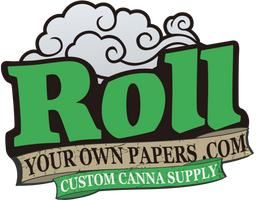
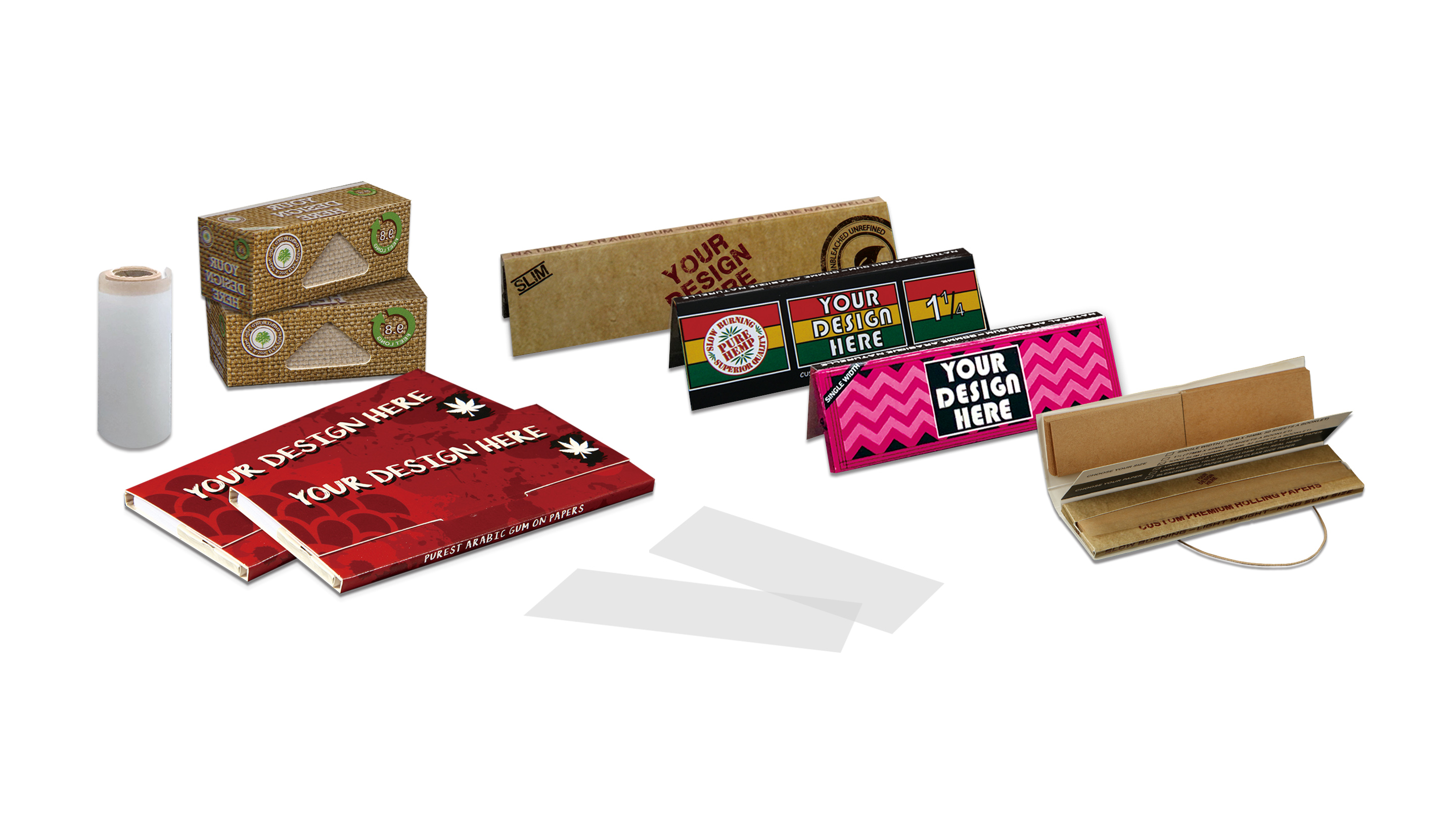

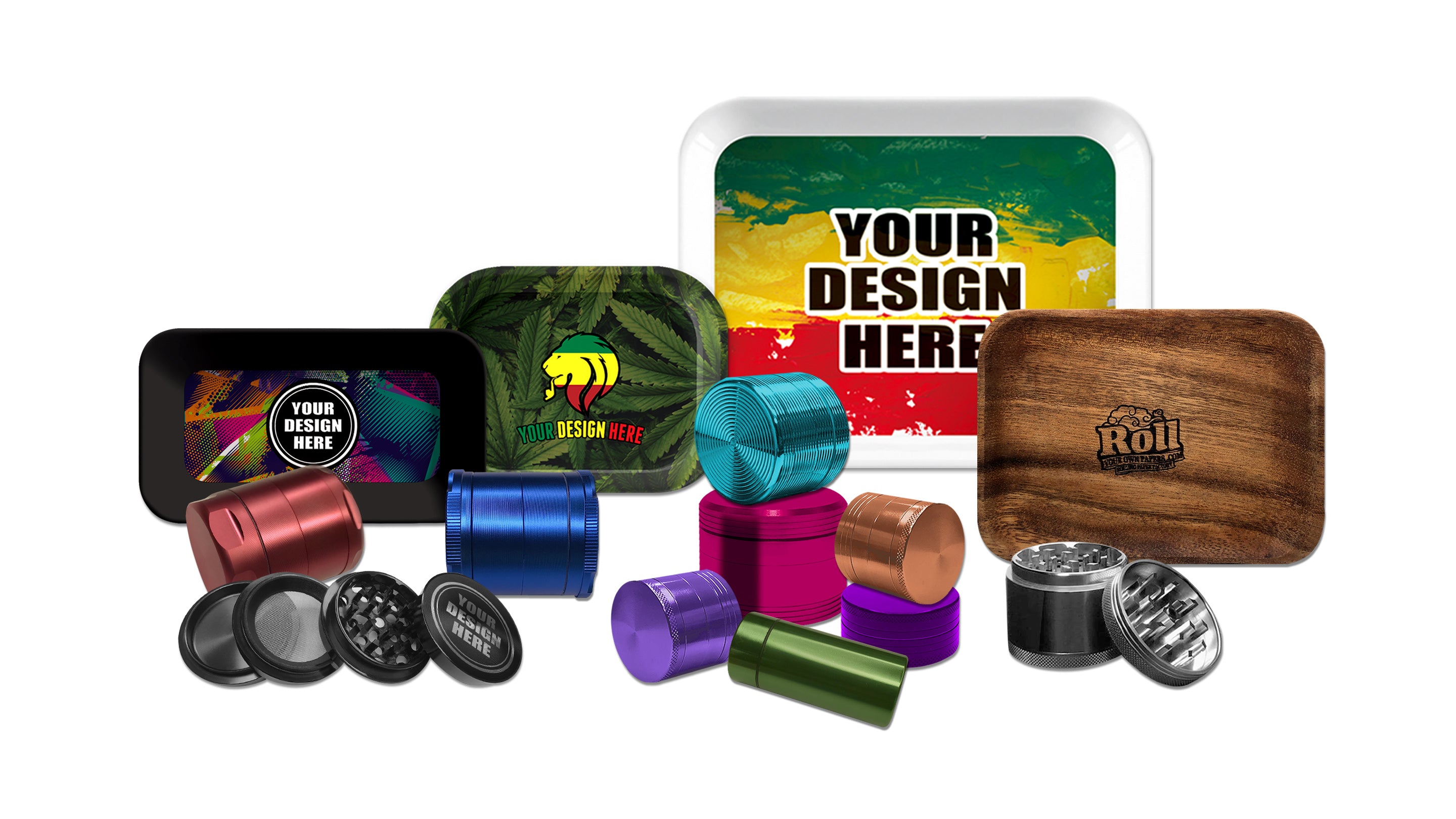
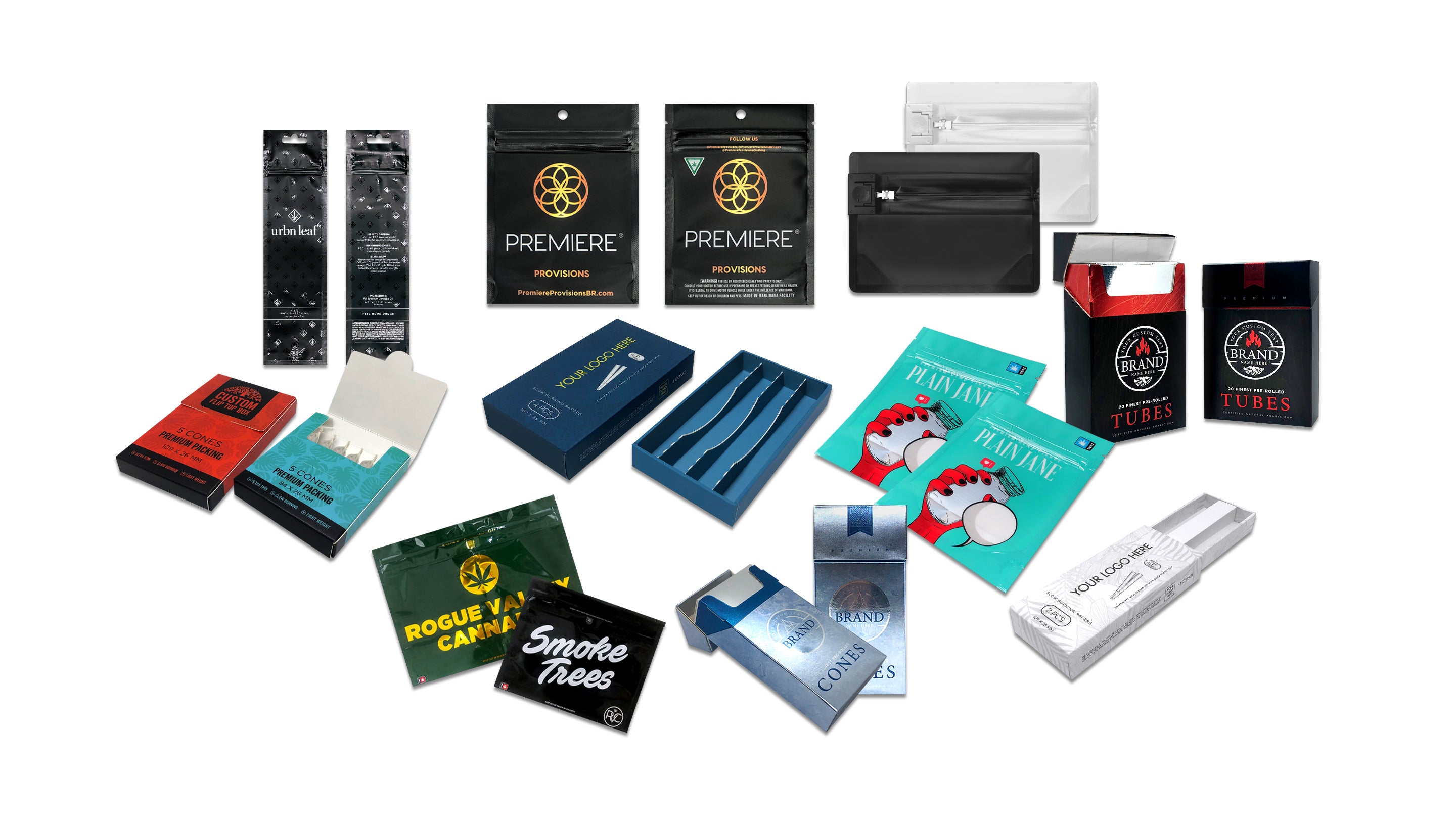
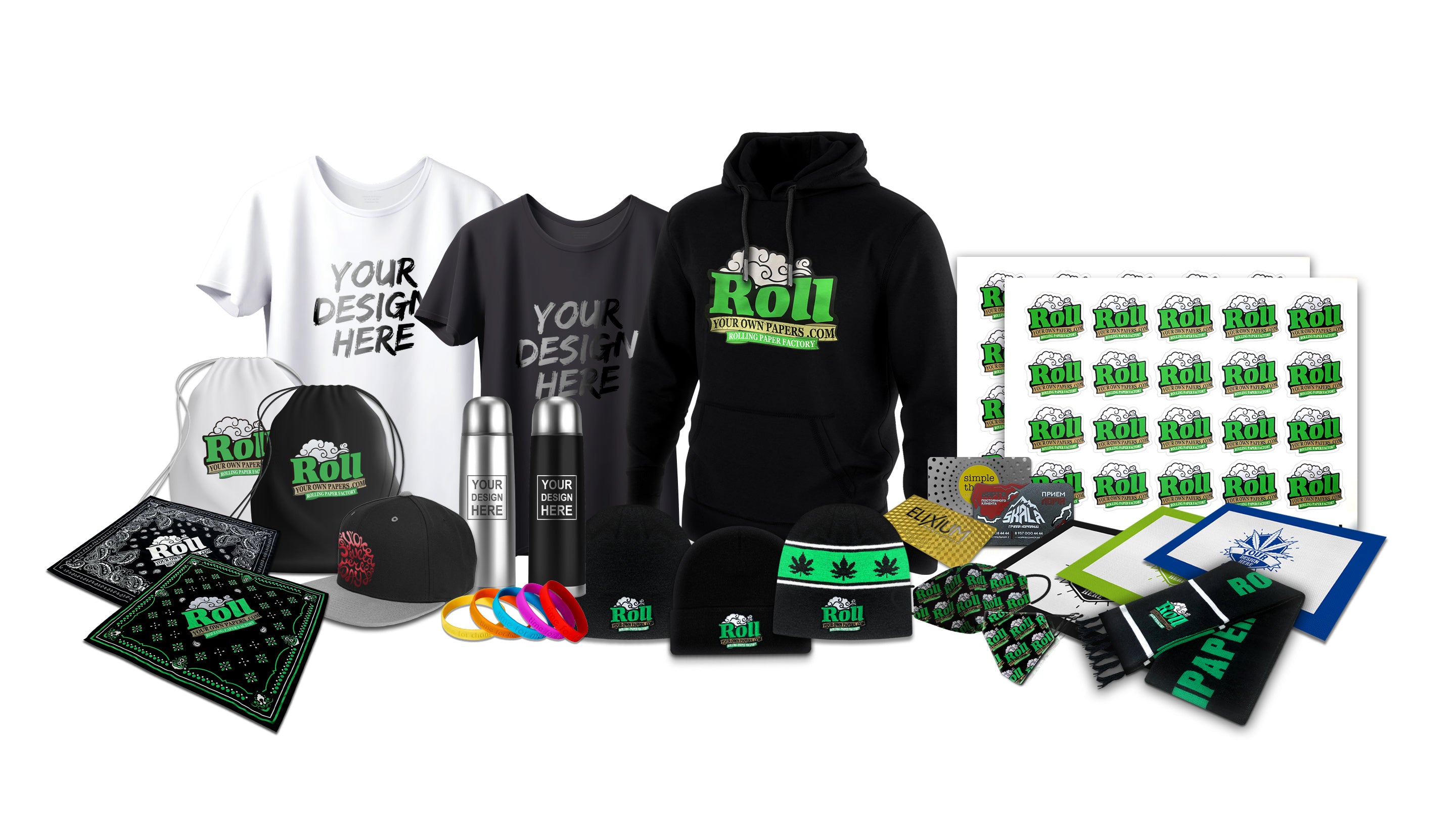
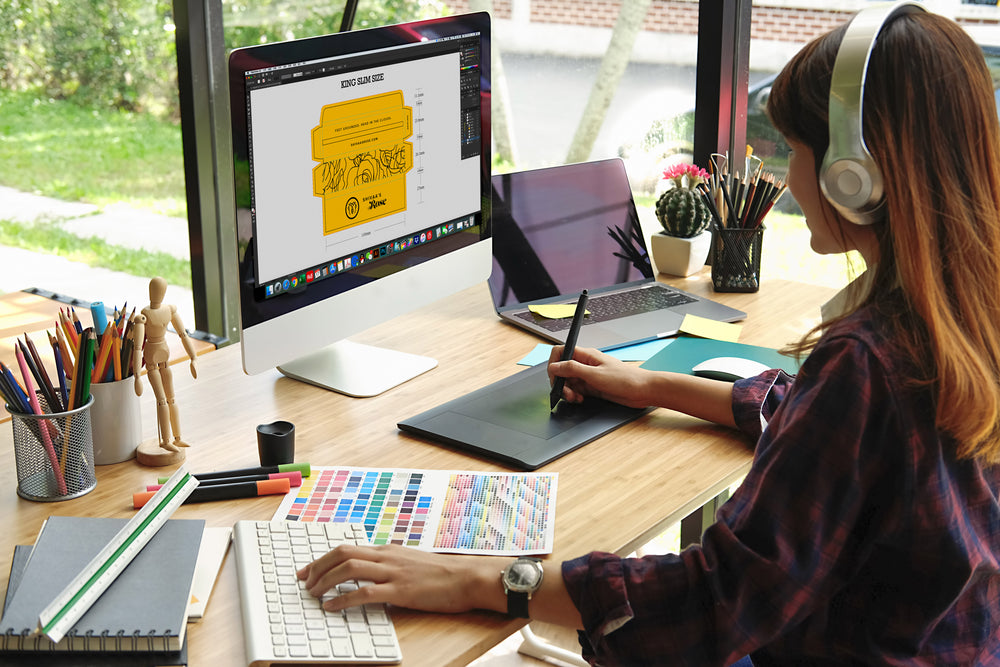



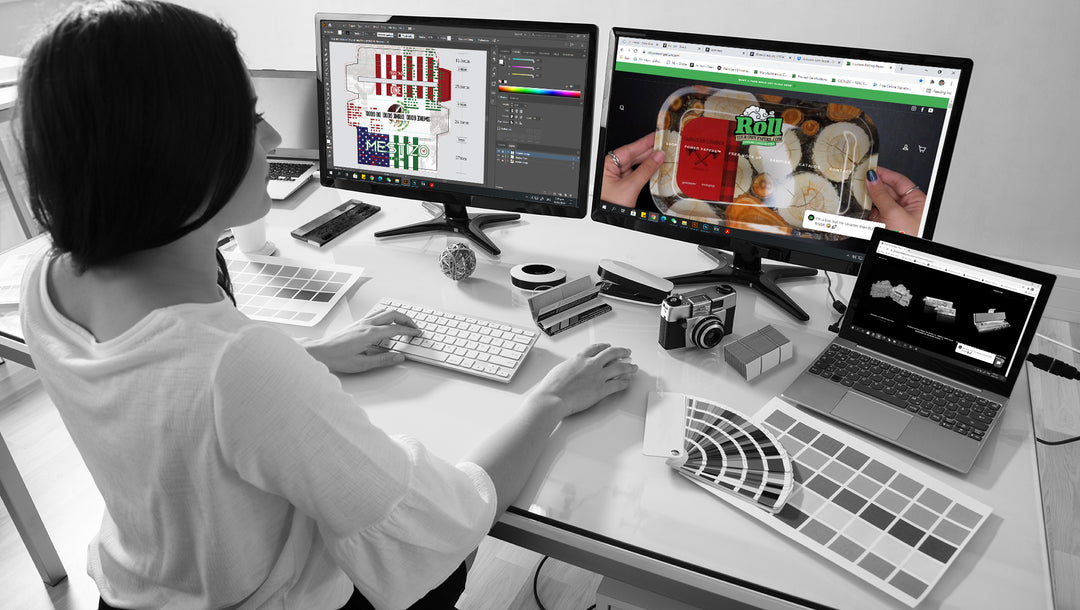
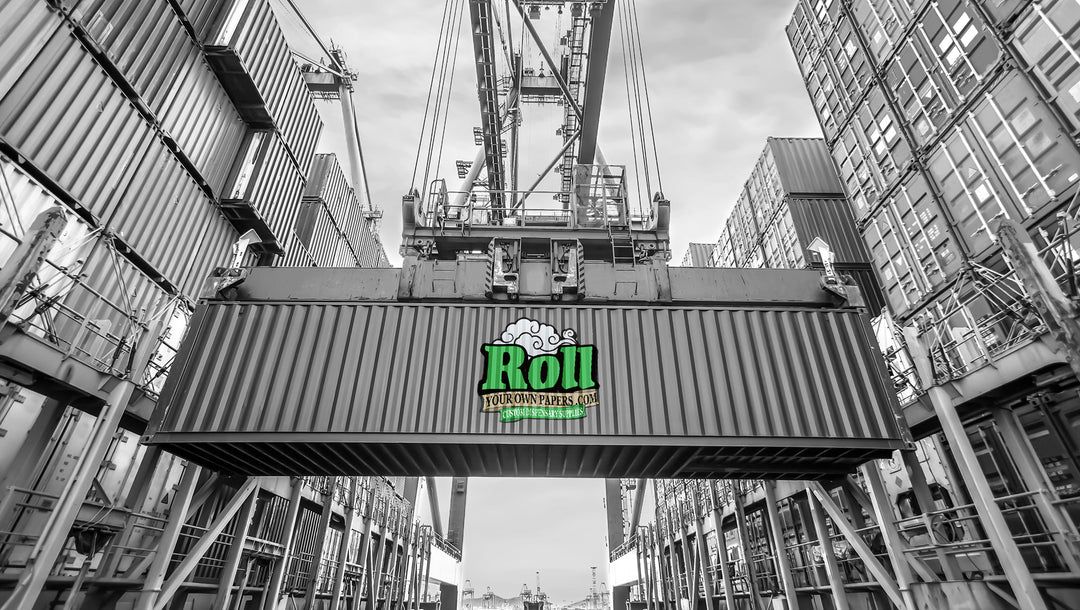
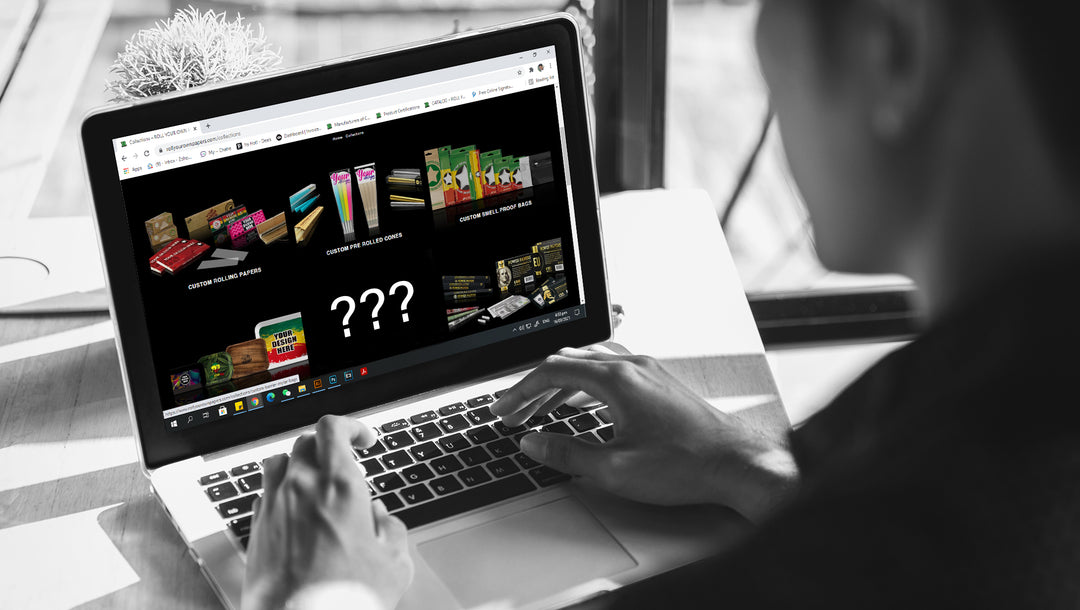
Leave a comment